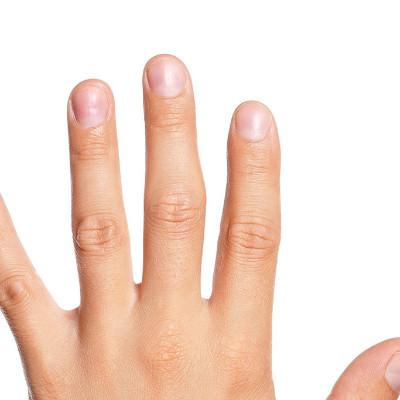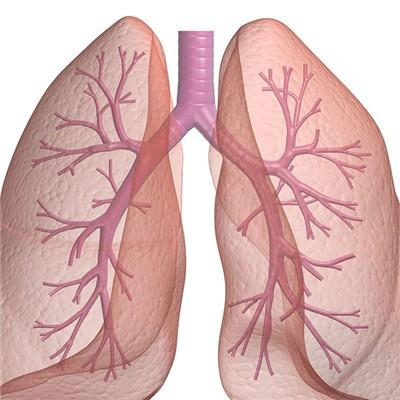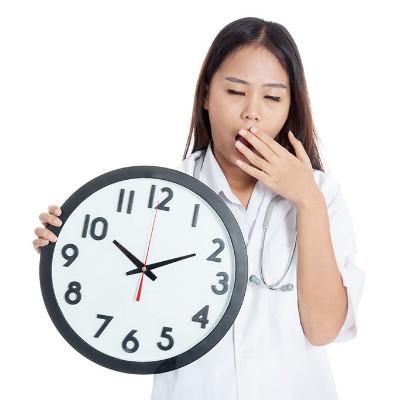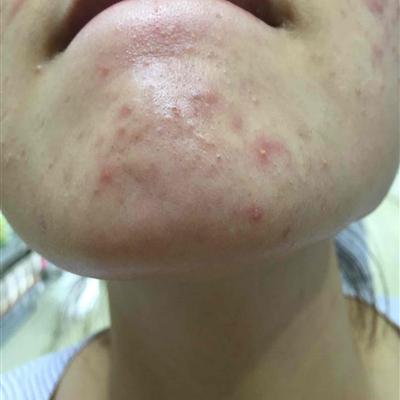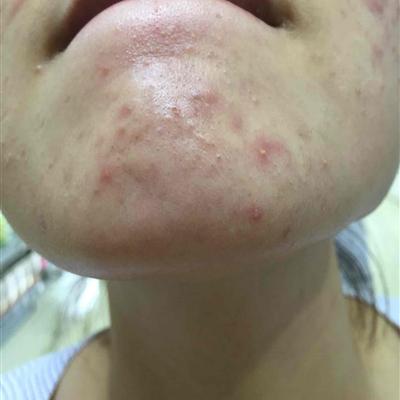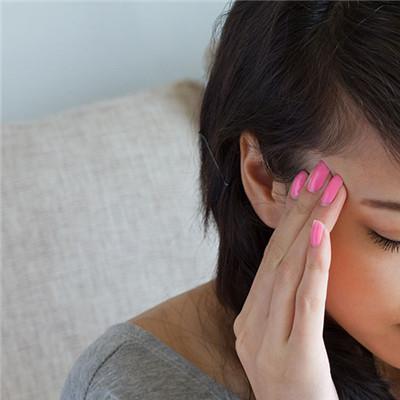How to do condyloma acuminatum examination
summary
Experts say it's not OK to judge whether you have condyloma acuminatum with mature vinegar. It's more accurate to measure it with acetic acid or white vinegar. If condyloma acuminatum can be found and treated early, it's much easier than treatment. As a more complex disease, how to do condyloma acuminatum examination?
How to do condyloma acuminatum examination
One: acetic acid white test: use 3-5% acetic acid to smear the wart for 2-5 minutes, the lesion becomes white and slightly uplifted, and it may take 15 minutes for anal lesions. The sensitivity of acetic acid white test to detect HPV is very high, and it is better than routine test to observe histological changes. However, occasionally in the cases of epithelial thickening or traumatic abrasions, false-positive and false-positive signs of whitening appear unclear and irregular. If the doctor's experience is relatively rich, the basic is to be able to accurately determine whether it belongs to condyloma acuminatum.

Second: histochemical examination: a small amount of diseased tissue was made into smear and stained with specific anti human papillomavirus antibody. If there is a viral antigen in the lesion, the antigen and antibody are combined. In the peroxidase anti peroxidase PAP method, the nucleus can be dyed red. This method is specific and rapid, which is helpful for diagnosis.

Third: immunohistochemical examination: commonly used peroxidase anti peroxidase method, namely PAP, shows the virus protein in condyloma to prove that there is virus antigen in the lesion of condyloma. When HPV protein was positive, weak positive reaction of light red appeared in the superficial epithelial cells of condyloma acuminatum.

matters needing attention
Eat more yoghurt, garlic, mushrooms, because they both have antiviral effect and can stimulate immune function. Yoghurt can enhance the activity of natural killer cells and promote the lethality of human body to virus. So as to help patients with genital warts, reduce the possibility of recurrence after treatment.

